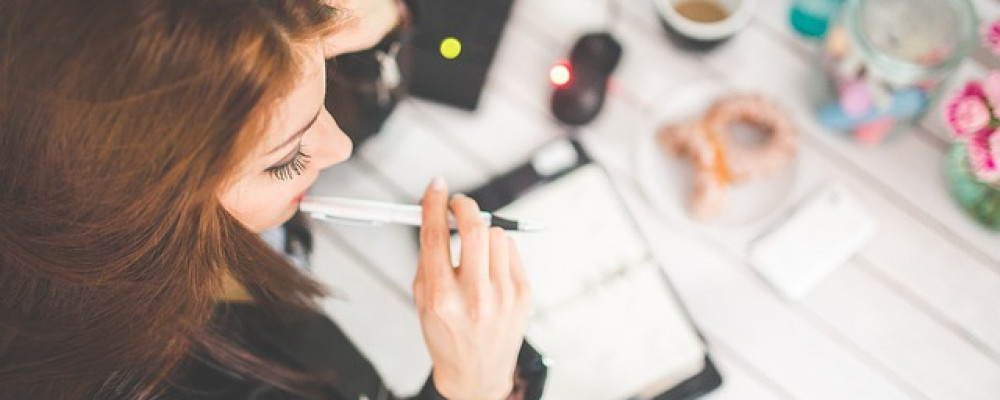
Protect Your Designs With Intellectual Property!
Originality and creativity are the trademarks of a successful fashion or textile designer. You know how difficult it is to come up with designs that will be accepted by your audience. You invest time, energy and resources to design something original, and the last thing you want is for someone to rip off your design, create copies and make a profit off it.
Unfortunately, there are nasty people in the world with no souls who will do this to you. Fortunately, there are laws to protect your work against them. As a designer, you should be aware of these laws and how it applies to you. Only then will you be able to protect your work and also make sure you do not violate any laws when borrowing ideas from existing designs.
Understand your #intellectualproperty rights #designer #fashion #textiles

Fashion designs are covered by the Intellectual Property System. Intellectual Property, also commonly referred to as IP, is something new or original that you create by yourself. It is a physical asset like a design, brand, logo or artistic work that you can take credit for. IP rights protect this invention, and help you keep it unique to yourself. Find out more about what IP means here at Entreprenuer.com.
In this article, we will look at three main concepts covered under the IP system— copyrights, design patents and trademarks. This should help you identify the scope of each, understand what applies to you and take suitable steps to protect your work.
Copyrights
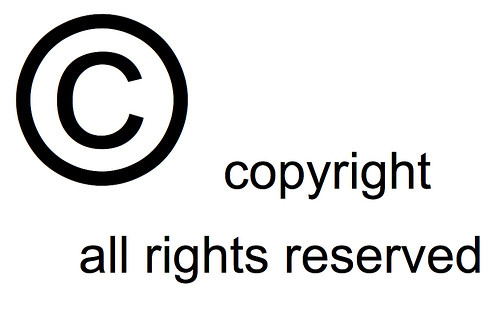
Copyright laws protect the expressions of creative ideas, and not just the idea. This means that it protects original prints, patterns, colour arrangements and combinations of design elements that have been expressed on a medium or used in apparel or accessories.
It is important to understand that while you can protect your design under copyright law, this doesn't extend to the utilitarian aspect of the article. For example, when you create a unique print for a shirt, you can obtain the copyright to this print. However, the shirt on which the printing was performed will not be covered by the copyright, as it is a functional piece of clothing.
A copyright is automatically created when you put your design down on a medium, whether as a sketch or on fabric. You can notify others that you own this work by placing a © beside it, and adding your name and the date of creation. It's as simple as that. This gives you and you alone the unique rights to copy, modify, display and distribute it.
Although it is not required, registering your copyright will strengthen your legal rights over your design. Copyright laws protect the work for the author's lifetime and an additional 50 years beyond it. For a little more information, this article from Design Milk will give you a better idea of all you need to know about copyrights as a designer.
Design Patents
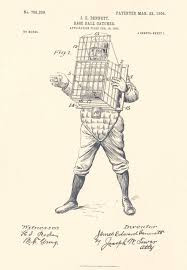
Design patents give you exclusive design rights for a new ornamental design of a basic functional item. Remember the earlier example about the print on a shirt? I mentioned that the copyright wouldn't extend to the t-shirt, since it had a utilitarian aspect. Now, if this particular shirt had an innovative design aspect, different from any other existing styles in look or functionality, you can apply for a design patent for it. This will prevent others from copying the ornamental element of the pattern elsewhere, without your permission. You can also apply for a patent on clothing or fabric that has a specific function.
A design patent will provide you exclusive rights to your design for 14 years. However, obtaining a patent is a tedious, time-consuming and expensive task. You may require the services of a qualified IP professional to identify whether your design is eligible for a patent. To learn more about patents and how to protect your design, I suggest you refer to this article by the Intellectual Property Office.
Patents are not very common in the fashion and textiles industries unless it is a functional design idea that has never been thought of before. It may seem like a great idea to protect your idea but the time and money it takes may not be worth it. Copyright often protects you enough in these industries.
Trademarks
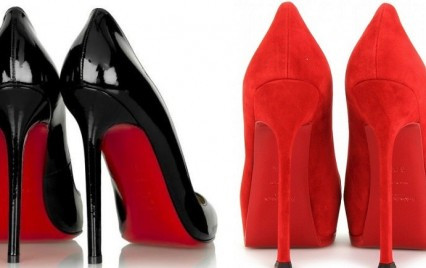
Trademarks are the third area that the IP system covers. Trademark law applies to brand names, symbols, logos, slogans, appearance and packaging of fashion items, so their identity remains unique. It can also be a distinctive style element, like a unique dress shape or stitching style that can be registered as a brand trademark. When you launch a product, it is the label that acts as your marketing tool. This is usually the name or logo that customers identify with when they buy it. It is a valuable asset, as it distinguishes you from your competitors, and you can protect it by registering it as your trademark.
Before registering your trademark, you should ensure that it is distinctive and strong. Only then, will it be easy to enforce. The distinctive Burberry check is such an example. You can either register your trademark just in UK, or for the entire EU, or which ever country you are in, but you need to renew the registration every ten years to keep it.
The Christian Louboutin's red sole (image above) is one of the most famous trademarks in the world. They have been in legal battles for years defending their trademark. The landmark trial was in 2012 when French design house Yves Saint Laurent released a selection of shoes in a range of colours, each with a sole that matched its upper. The problem came when the shoe's upper colour was red - meaning that the sole was also red. This led to the court case. The court case ended with the assertion that Louboutin cannot prevent a brand from creating an entirely red shoe but they can prevent other brands creating shoes with a contrasting colour and a red sole, as a customer is likely to assume that the shoe is a Louboutin. This meant other shoe makers like Dutch company Van Haren were forced to stop making their red soled shoes.
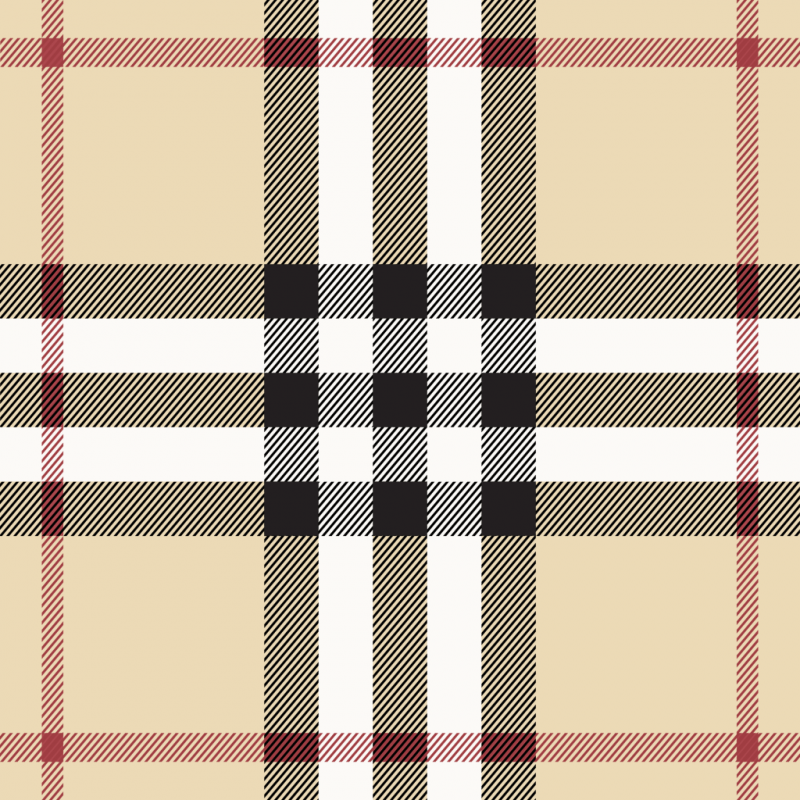
But as with the Louboutin heel and the Burberry check, just because you have a trademark does not mean people won't copy it. At one time the Burberry check was probably one of the most counterfeited trademarks in the world. To defend your trademark does take legal proceedings, and you guessed it... cash!
How Do These Rights Help You?
The IP laws I've outlined above help to not only to protect your work once it's been produced, but also help to protect you throughout the design phase of your product. When you share your design with a prospective client, your IP rights prevent them from disclosing the design or using it without your permission.
To grow as a designer, you will have to sell your designs to a manufacturer. For this, you have two options
- Assignment: You can transfer your copyright and give exclusive and full control to the buyer by selling it, or
- License: You will own the copyright but give the buyer exclusive or non-exclusive rights in return for a royalty.
- This article will give you a better idea of which of these methods are suitable for you.
I hope that you now have a better understanding of your intellectual property rights and what you will require to protect your work. Please only use this as a guide - as you know, I'm not a lawyer, so please do consult with a lawyer if you would like clarification and seek professional advice.
Stay tuned for the next in the series where I look into preventing theft, protecting IP's and what to do if someone infringes your copyright.
To receive monthly updates of our latest posts, please sign up to our monthly newsletter. If you like this article please share it using the tweet buttons below and throughout the article!
Know what you are selling! #Assignment or #License #intellectualproperty rights. #design #fashion

